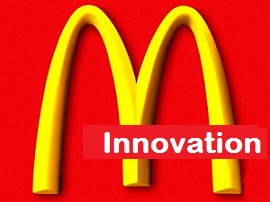
Musical theatre has always been associated with a certain feeling of glamour. Shows like Wicked, The Book of Mormon, RENT, and Les Miserables have given audiences a way of escape for multiple decades . The thing that keeps it all going? Musical theatre investors.
Creating a Broadway Musical is extremely timely and costly, and involves huge risk. A production can either be a huge success or fail completely. The only certainties involved are the costs. As Broadway producer Steven Baruch, who has 25 years of experience in the business, says, “It’s a feast or famine kind of business.” This is the kind of environment that musical theatre investors work in. Most productions rely on investors for capital; one show can have hundreds of investors. They usually employ two strategies: investing over a long period of time (ie. remaining loyal to a particular producer), and investing in multiple shows (sort of like the Broadway version of diversifying a portfolio) (Passy). As well, investors are expected to have substantial amounts of cash. Not only does it cost huge amounts of money to produce a show (“Spider Man: Turn off the dark” cost more than $75 million to produce), there is also a very high likelihood that you won’t make any returns on your investment. In fact, only one out of five Broadway productions recoups its investment (Wood).
Alternatively, huge risks can also come with their benefits. When you hit the jackpot with a Broadway musical, there is literally no limit to the rewards.
Works Cited:
Passy, Charles. “How to Invest in a Broadway Show.” MarketWatch. MarketWatch, 10 June 2013. Web. 10 Nov. 2014.
Wood, Greg. “The Risks, Rewards and Realities of Investing in Theater.” CNBC. CNBC, 18 Oct. 2010. Web. 10 Nov. 2014.




